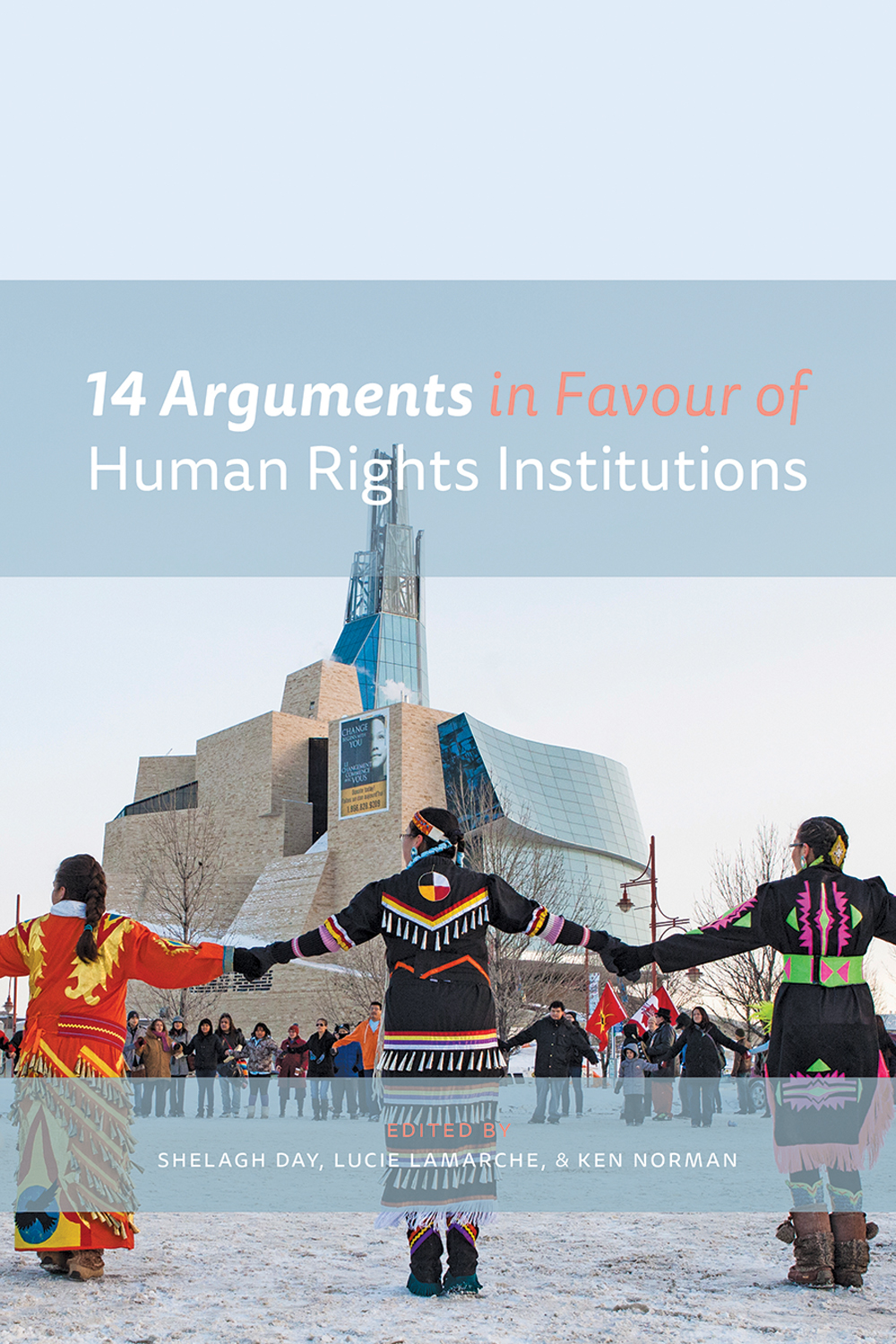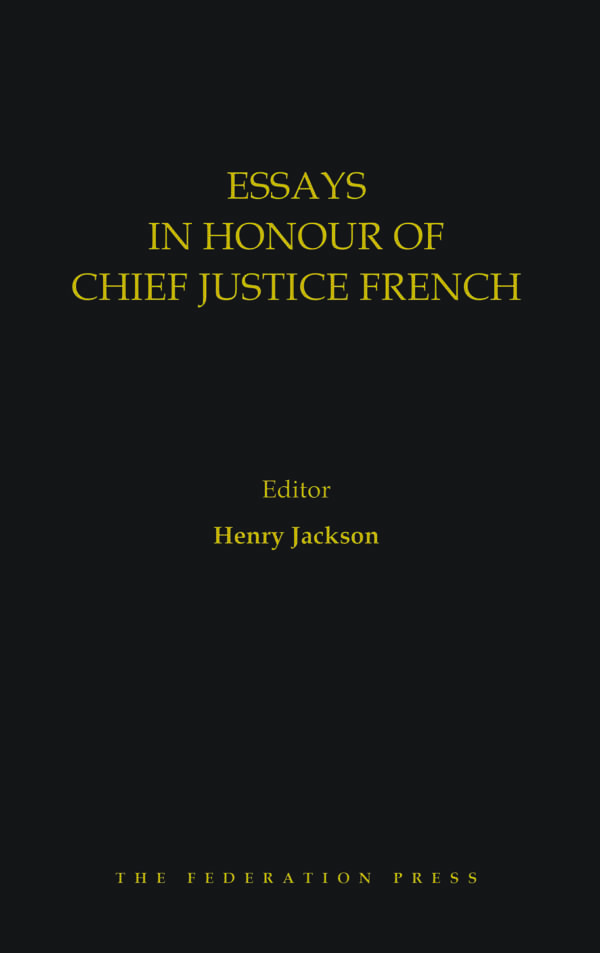Product Description
“[T]his work is comprehensive in its treatment of all aspects of Victorian constitutional law whether they be historical, jurisprudential or practical. Occasionally the author offers his own views upon the direction which the law has taken or should take, but in a manner which adds freshness to the text or adds interest for the reader.
This is a legal text-book and is bound to be a standard text for many years to come. There is no other comprehensive work which covers Victorian constitutional law. But it is digestible in a way that many other text-books are not. It will provide a wealth of understanding and insight to teachers, students, practitioners, public servants, members of Parliament and others for whom an understanding of the Victorian Constitution is of interest and, often, necessity. It is not only the courts which are concerned with constitutional law. This work has a practical application in many other areas and for many who are not lawyers. It will provide practical guidance where that is possible and, where it is not, will provide a scholarly foundation upon which to build the correct answer.”Sir Daryl Dawson, from The Foreword – full text below (see Extracts)
This is the standard reference work on the Constitution of Victoria. Since the election of the Bracks government and its gaining a majority in both Houses of Parliament, the Victorian Constitution has undergone far-reaching change, making it markedly different from other Australian State Constitutions in a number of respects.
This work analyses and comments on the new and old provisions of the Victorian Constitution and is essential for understanding the effect of the changes, some of which are of doubtful validity.
Introduction
State constitutional law in Australia
Sources of Victorian constitutional law
Reception of English common law and British statutes in Victoria
Local government
Boundaries of Victoria
State emblems and seals
Victorian Constitutionalism – A Brief History
Bearbrass and the Port Phillip District
Separation
The Constitution of 1855
Early constitutional development
Developments from Federation to the Constitution of 1975
The 1975 consolidation and afterwards
The Crown and The Executive
The Queen
Demise of The Crown, regency and succession
Royal Style and Titles
The Governor
The Lieutenant-Governor, Administrator and Deputies
Executive Council : Law
Executive Council : Practice and procedure
Powers of the Governor : Statutory
Powers of the Governor : Prerogative
Constitutional conventions and reserve powers
Cabinet
Membership and operation
The Premier
Ministers
The Attorney-General – not just a Minister
Caretaker conventions
Parliament – Structure and Powers
The title “Parliament”
Accountability of members of Parliament
Bicameral structure
Election and supervision of executive
‘[I]n and for Victoria in all cases whatsoever
Presiding officers
Qualifications of members
Disqualifications arising after election
‘The principle of Government mandate’
Parliamentary privilege
Restrictions on State legislative power
Parliament – Workings and Practice
The legislative process
Public and private Bills
Drafting and commencement of Acts
Delegated legislation
Quorums
Expiry, dissolution, prorogation, adjournment
Disputes between the Houses
Special legislative procedures for financial Bills
Standing rules and orders
Parliamentary committees
Titles of members
Victoria’s Electoral System
by Dr Nick Economou
Judicial Power
The Supreme Court of the State of Victoria
Role of the High Court of Australia
Other Courts and tribunals
Appointment of Judges
Removal of judicial officers from office
Separation of powers : non-judicial functions and the State Judiciary
Separation of powers : legislation affecting judicial process
Amendment of the Constitution
The applicable law
Analysis of Victorian provisions
Interpretation and enforcement
Bibliography
Index








